Materials have come a long way since the Wright Brothers first flew on wings that consisted of muslin fabric wrapped over a steam-bent wooden framework.
Wood and fabric remained the primary construction materials through World War I. Structures were braced with wire so the plane would maintain its shape.
But wood and fabric are not very durable materials and those planes were difficult to maintain, especially when left out in the elements. So, during the Interwar Period, manufacturers gradually moved to metal construction. This usually meant an aluminum frame covered with riveted aluminum sheeting.
A perfect example of peacetime innovation is the Boeing P-26 Peashooter, the United States’ first all-metal, monoplane fighter aircraft.
With a few exceptions, such as the wooden Spruce Goose, metal has been the material of choice since World War II.
Nonetheless, with advances in technology, more manufacturers are incorporating composite materials into their designs, and some designers are building entire planes with composite materials. In this article, you’ll learn about four popular composite aircraft, three of which are niche experimental designs and one of which is an aerobatic plane in production.
But first, what are composite materials anyway?
The Big Three: Carbon, Glass and Kevlar
Essentially, a composite material is a material comprised of more than two or more constituent materials.
Yes, we know you aren’t supposed to use a word in its definition.
Perhaps examples will help.
Reinforced concrete, with its mix of cement and steel, is a composite material.
Plywood, while primarily wood, is technically composite. It is held together with glue and often engineered with more than one type of wood.
In aviation, composite materials are usually fiber-reinforced plastics. The fiber is Kevlar, carbon fiber or fiberglass soaked with a plastic resin. Many times, the materials are laminated, or stacked in layers, and bonded together for additional strength. And, as the plastic resin cures, the structure becomes almost rock hard.
Boatbuilding adopted composite materials as its construction method of choice years ago. After all, most of us have been in a fiberglass boat, even if we didn’t fully appreciate its composite construction at the time.
The aviation industry is just starting to come around to composites.
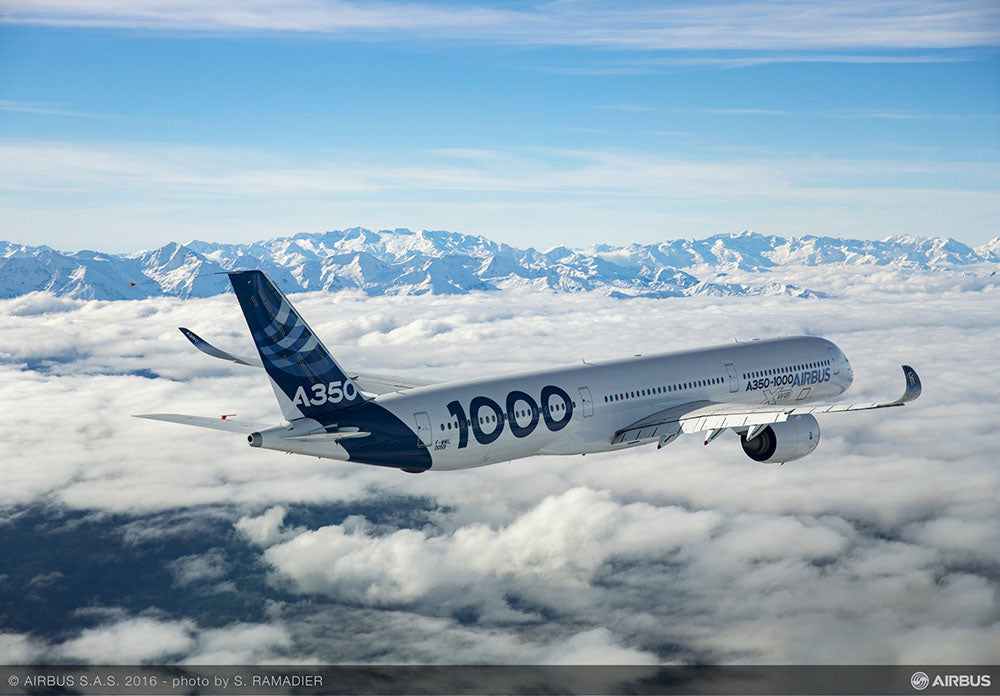
Airbus boasts that its new A350 XWB is almost half composite materials, primarily carbon fiber reinforced plastic (CFRP), including most of the plane’s wings. CFRP offers a better strength-to-weight ratio than metal.
Additionally, the Boeing 787 is about 50 percent composite by weight and 80 percent if you measure by volume.
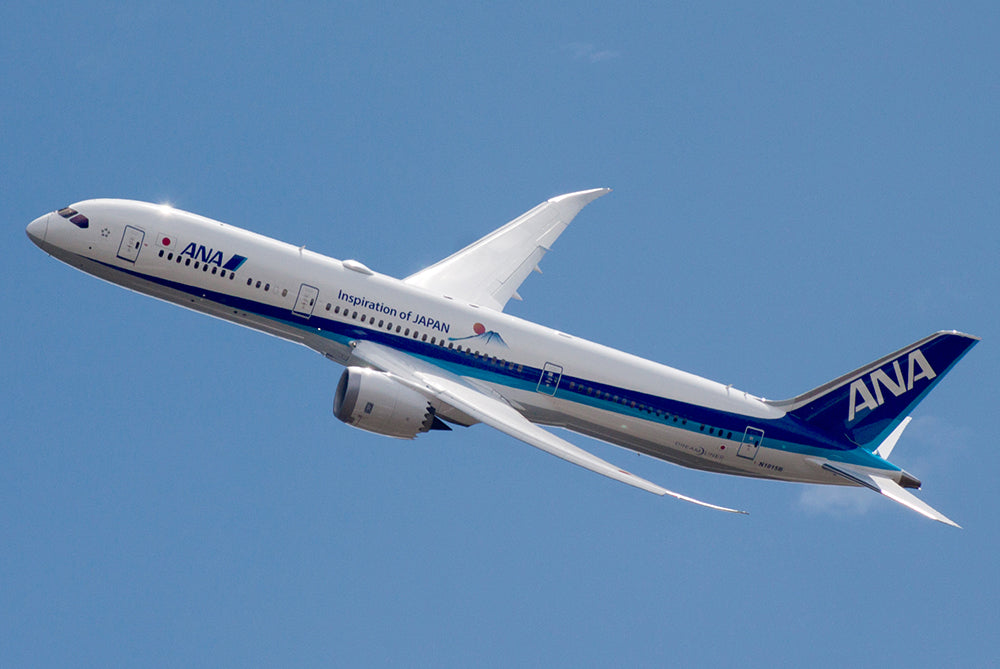
In the general aviation world, Cirrus aircraft are molded from fiberglass and carbon fiber. This allows for a smoother more aerodynamic shape than traditional skin-on-frame construction.
Composite construction has its drawbacks. Unlike aluminum, the materials must cure, which can slow down construction in a mass production facility. And the upfront costs for carbon fiber, for example, are higher than aluminum.
Nonetheless, using materials that are lighter and more durable results in savings in fuel and maintenance.
Space planes and other experiments
Two big advantages of composite materials are ease of construction and smooth, aerodynamic surfaces.
Both these attributes make composite materials advantageous to experimental builders. After all, you don’t want to hire a team of welders and dump a bunch of manpower into a one-off design that may not work. It’s easier and more cost effective to use composites when experimenting with innovative new designs.
Aerospace engineer Burt Rutan, founder of Mojave, California-based Scaled Composites credits composite materials with his company’s success, cranking out unusual and futuristic new planes in short time frames.
Among them are:
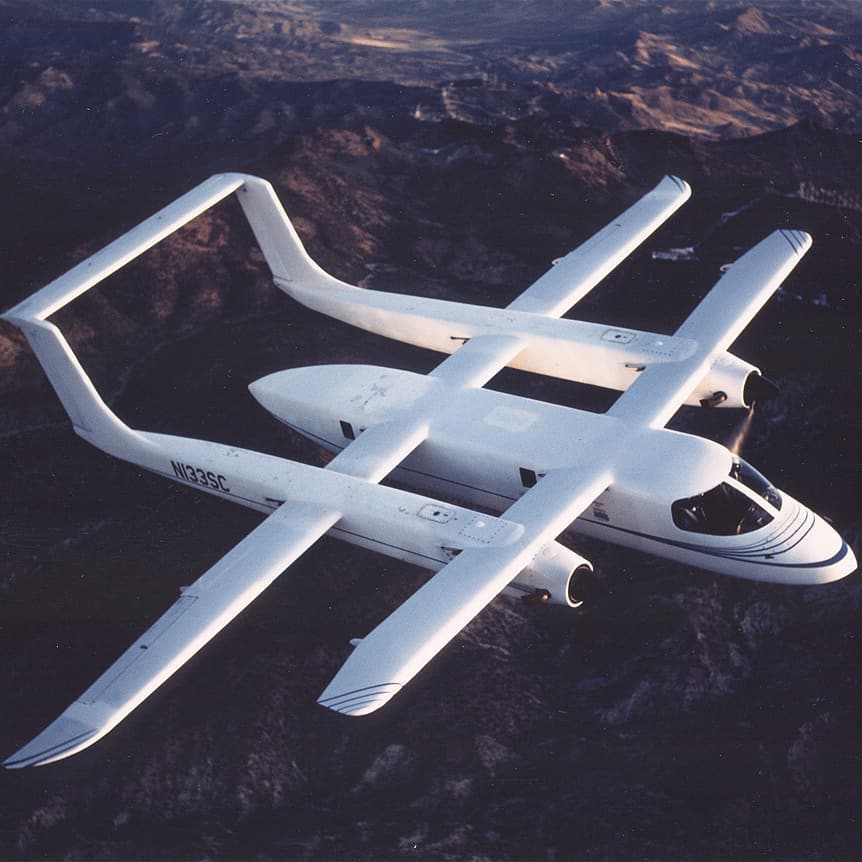
Scaled Composites ATTT: In the 1980s a U.S. Department of Defense agency called DARPA asked Rutan to build a short-takeoff-and-landing (STOL) aircraft to transport troops in and out of danger, something between a helicopter and a cargo plane.
DARPA is an excellent example of the government’s love of alphabet soup, and it stands for the Defense Advanced Research Projects Agency. The agency is responsible for developing new military technology.
Using fiberglass and carbon fiber, Rutan built a plane at 60-percent scale for proof-of-concept purposes. The plane was a tandem-wing, twin-turboprop aircraft with a T-tail called the Advanced Technology Tactical Transport (ATTT, or AT3). Scaled Composites conducted 51 test flights in 1987. In 1988 Rutan rebuilt the plane with twin booms.
DARPA lost interest in the design and the plane now sits in storage at Edwards Air Force Base.
Scaled Composites VSS Enterprise: If you know this aircraft, you probably know it as the first SpaceShipTwo. Built by Scaled Composites, this suborbital space plane was owned and operated by billionaire entrepreneur Richard Branson’s Virgin Galactic, a Virgin Group subsidiary testing the feasibility of space tourism, carrying passengers to an altitude of 328,000 feet.
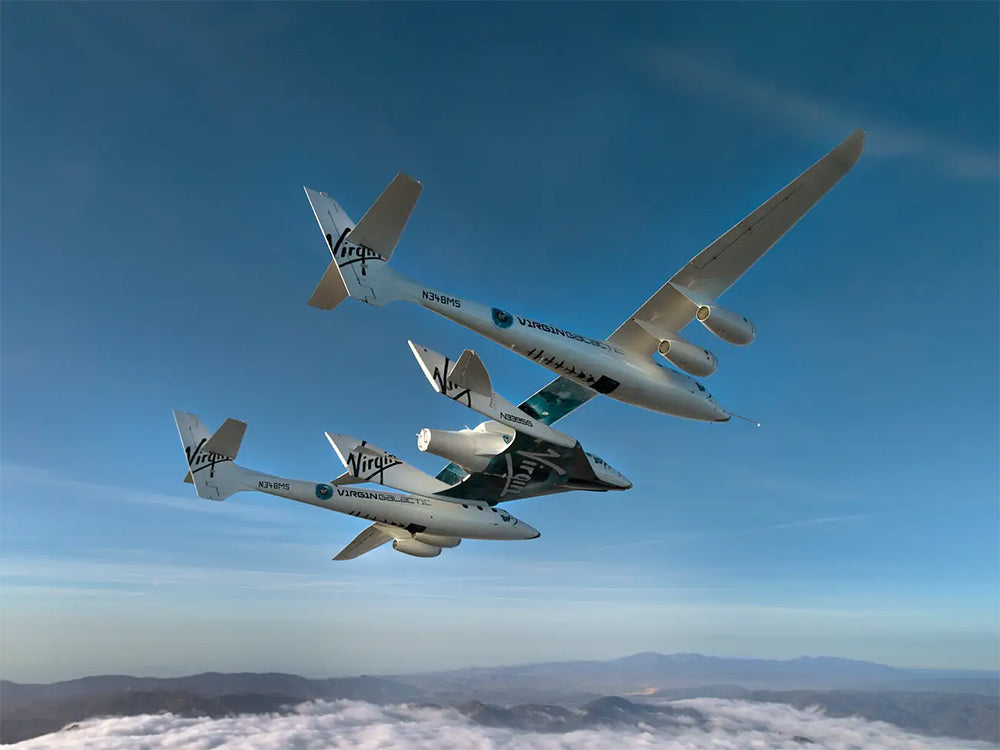
Plans called for a mothership built by Scaled Composites, VMS Eve, also called WhiteKnightTwo, to carry the VSS Enterprise high into the atmosphere, from there, SpaceShipTwo would detach and fire its rocket engines, blasting into near space.
Test flights began in October 2010, but VSS Enterprise never reached its final goal of carrying passengers into space.
On Halloween 2014, VSS Enterprise broke apart over the Mojave Desert during a test flight and eventually crashed, killing co-pilot Mike Alsbury and seriously injuring pilot Pete Siebold. The accident happened after 13 seconds of rocket-powered flight as VSS Enterprise approached Mach 1, around 50,000 feet in the air. The National Transportation Safety Board identified both human error and inadequate design safeguards as contributing factors.
Scaled Composites VMS Eve: VMS Eve is the carrier aircraft, or mothership, that hauls Virgin Galactic’s VSS Unity SpaceShipTwo space plane into the air for a high-elevation launch. While VSS stands for Virgin Space Ship, VMS stands for Virgin Mother Ship. And Eve? That’s the name of Virgin owner Richard Branson’s late mother.
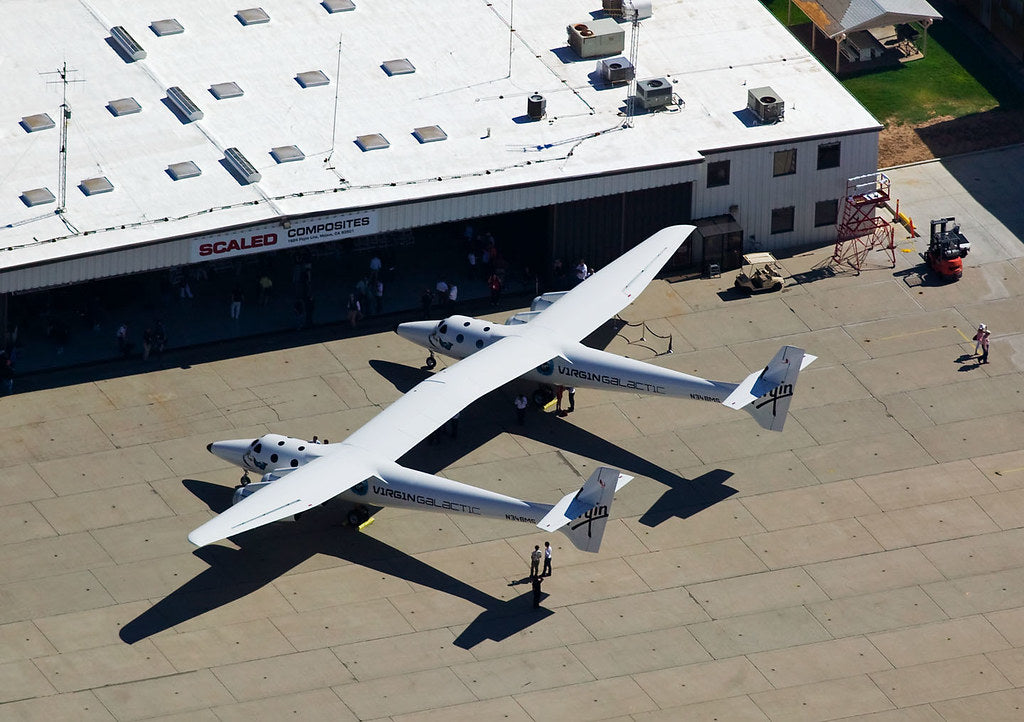
The VMS Eve is also known as WhiteKnightTwo. Built by Scaled Composites, it has two fuselages and four jet engines. In flight, SpaceShipTwo hangs from the wing between the two fuselages. VMS Eve first flew on Dec. 21, 2008. It stays at Virgin Galactic’s Spaceport in New Mexico.
Virgin says it is close to carrying passengers into space.
The adventure can be yours for the cost of a ticket, just $250,000.
Feel the G Forces
Like Scaled Composites, Game Composites is another designer and builder that has jumped headfirst into the world of composite materials.
The difference is that, so far, Game, has built one plane, the carbon-fiber GB1 Gamebird, and while it’s unique, it’s not a space-age oddity like some of the Scaled productions.
GB1 Gamebird: The GB1 was designed by German Phillip Steinbach and manufactured under a license agreement with Game Composites, founded in Arkansas in 2013. Steinbach founded Game Composites with Steuart Walton, grandson of Sam Walton, founder of Walmart.
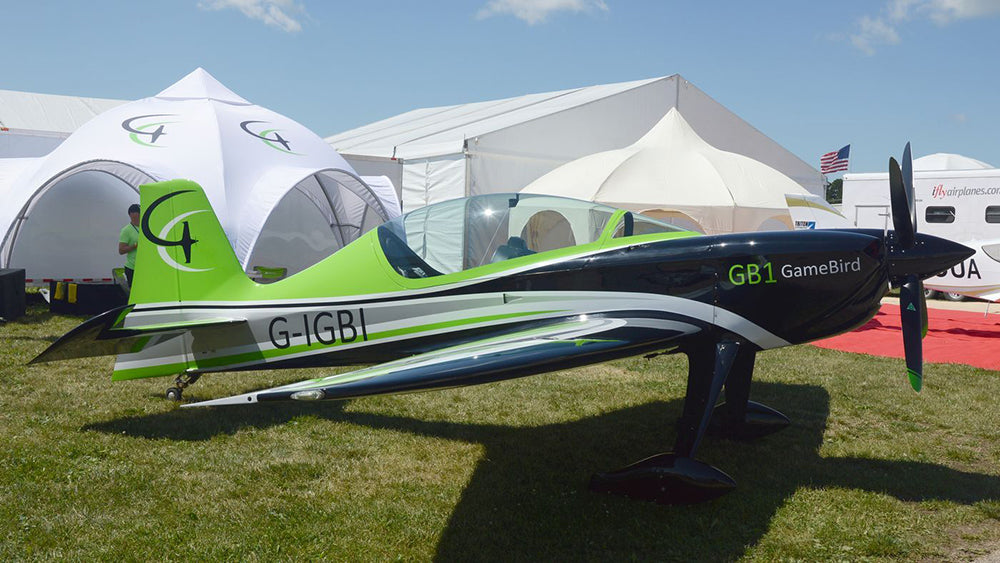
The carbon-fiber Gamebird is built for aerobatics, an inline two-seater—like a fighter jet—with the pilot sitting in the back. It’s powered by a 303hp Lycoming six-cylinder and capable of speeds up to 235 knots.
The GB1 weighs just 1,300 pounds dry. Rate of climb at sea level is an insane 2,600 fpm.
Each GB1 is assembled from 330 carbon fiber parts and then baked at 200 degrees so that everything cures together. The carbon fiber can take a beating too. Steinbach says it holds up at 19 Gs without structural failure. In real-world flight, the plane is capable of plus and minus 10 Gs and more than 400 degrees of roll per second.
In other words, it’s not for the faint of heart.
The Gamebird earned its FAA production certificate in 2019, and the company plans on ramping up production. Pricing starts at $400,000.
The future of composites in aviation
Expect to see composite materials continue to grow in aviation.
In 2015, NASA established a public-private partnership to research and develop composite materials in the aviation industry.
Market forecasts for composite companies working in aviation are mostly sunny, especially as new processes come online.




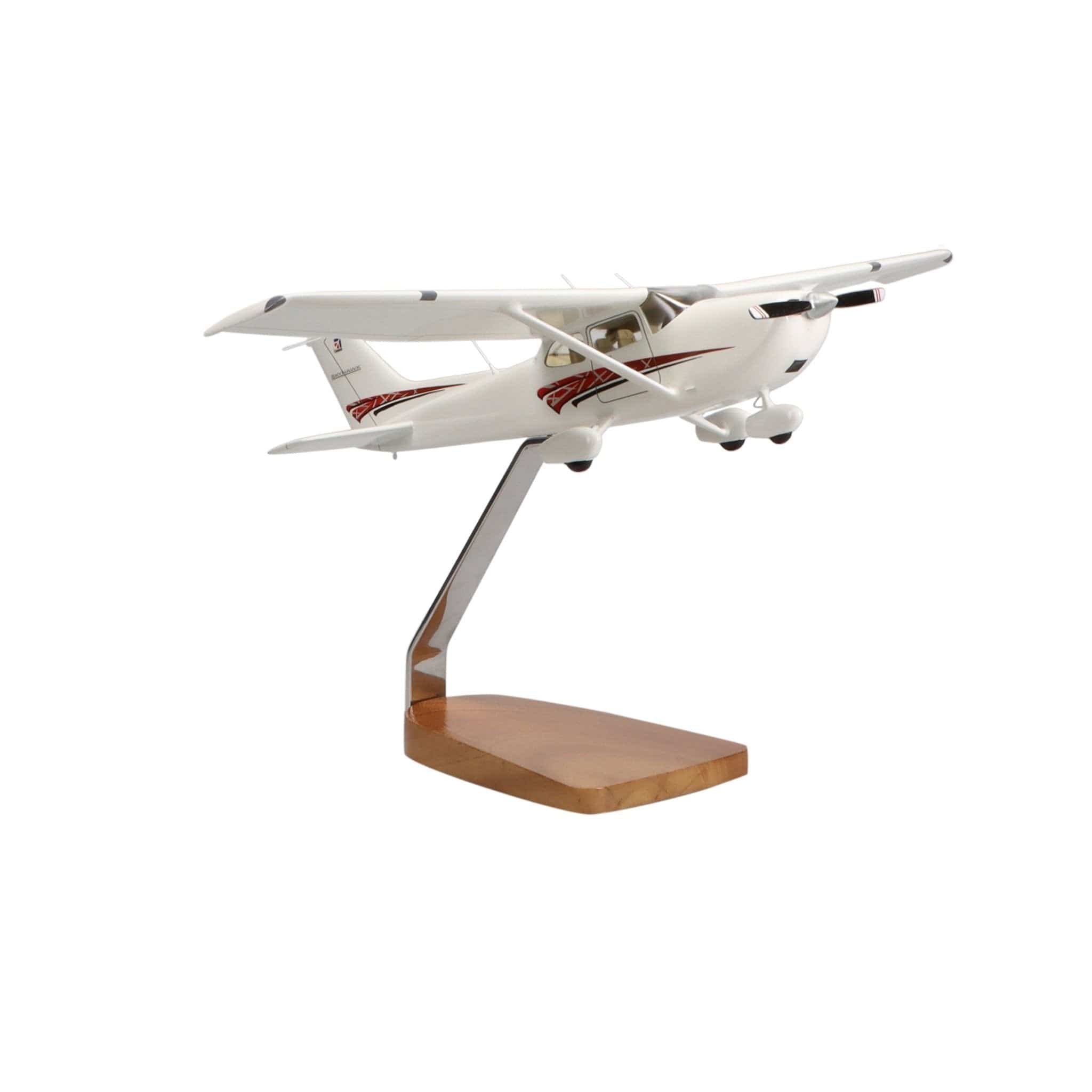



1 comment
Philip Thompson
So ! Please answer the question "WHICH airliners bodies are made of Composit Materials ?